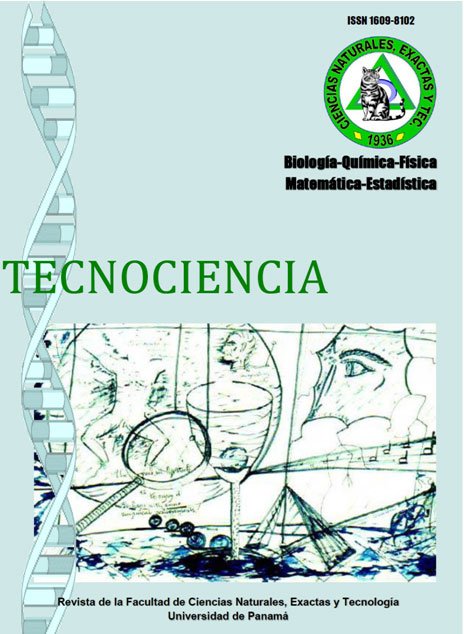

Regional and global climate change is expected to have particularly strong effects on tropical montane forests where species are often distributed along narrow elevational or environmental gradients. Nonetheless, base-line data on the distribution, growth and survival of montane forest trees, which could be used to detect climate change effects do not exist. Over the last six years we have established a network of six one hectare permanent forest plots arrayed across a gradient of soil nutrient availability and rainfall in the Fortuna and Palo Seco Forest Reserves. In 2008 we recensused the plots to give the first measure of growth and survival. Concurrent with the recensus we have completed identification of 376 shrub and tree species in our plots. Preliminary analyses of these data indicate that the species composition is strongly constrained by environment variables. In addition to monitoring growth and survival, we have also initiated measurements of the major components of litterfall (leaves, branches, fruit and flowers) in each plot, and completed soil nutrient and soil carbon measurements as a means to assess temporal variation in forest productivity and carbon storage. This project represents a model partnership between research and education in the west of Panama. To date, 12 undergraduate students have worked on the project, and we have supported thesis research of five students.